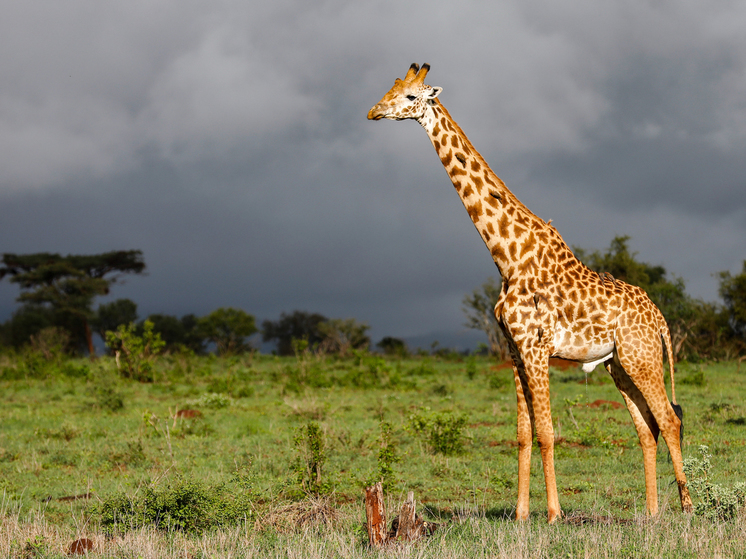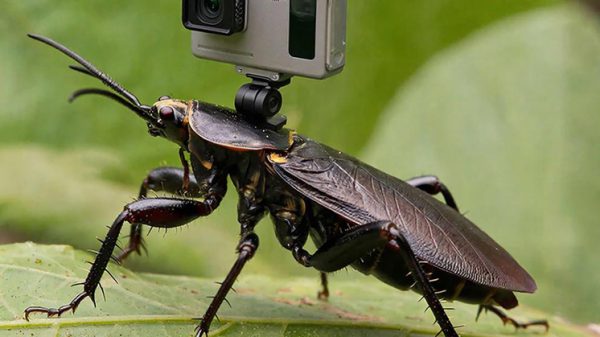It's all about the needs of the females
Charles Darwin in the 19th century used the formula «survival of the fittest» in his evolutionary theory to explain why giraffes have long necks. Millions of years ago, Darwin theorized, giraffes with the longest necks would forage for the most leaves and outcompete them before passing on the trait to subsequent generations. However, scientists from the USA took a slightly different look at this issue.

American researchers are developing Darwin's discovery, promoting a new theory of the origin of the long neck in giraffes — they believe that this evolutionary The trait was triggered by the females of these mammals.
Female giraffes were found to have proportionately longer necks than males, and this was likely due to the females' high nutritional needs during pregnancy and nursing their young.< /p>
Interestingly, female giraffes have a more inclined body shape, while males have a more upright body shape.
The new study, which builds on Darwin's theory rather than challenges it, was led by Douglas Cavener, a professor of biology at Pennsylvania State University.
“Giraffes are picky eaters. They eat the leaves of only a few tree species, and their longer necks allow them to reach deeper into the canopy to get leaves that no one else can get. When females reach four to five years of age, they are almost always pregnant and nursing. Therefore, we believe that the increased nutritional needs of females led to the evolution of the long neck of giraffes,” explained Cavener.
Professor Cavener and his colleagues argue that due to their higher nutritional requirements, females need a long neck to penetrate deep into the trees and collect the best leaves.
For the study, the scientists collected thousands of photographs of captive giraffes and wild Maasai giraffes (a species native to East Africa). They found that in both captive and wild adult giraffes, females have proportionately longer necks than males relative to the animal's overall height.
Females also have proportionately longer torsos (the main part of the animal's body, not including the legs, neck and head).
Adult males, on the other hand, have longer front legs (which play a role during mating) and wider necks (which can withstand blows from rival males during fights).< /p>
According to experts, males generally grow faster in the first year of life, with body proportions not significantly different until puberty.
Earlier theories suggested that the evolution of giraffes' long necks was caused by competition between males who, in the battle for a female, resort to so-called neck sparring.
It was assumed that males with longer and thicker necks are more successful in competition, which leads to their more frequent reproduction and, accordingly, passing on one's genes to offspring.





















































Свежие комментарии